12 Ways AI Technology Elevates Your Digital Art
12 Ways AI Technology Elevates Your Digital Art
Learn about the ways AI technology can improve your digital art and boost your creativity. This article will guide you through 12 effective methods to augment your artwork without the aforementioned buzzwords.
You'll be surprised by the original and fresh ideas AI can produce, the sharpness it adds to your work, and the smooth collaboration it promotes between artists and AI.
Prepare yourself to delve into the endless opportunities for artistic expression as you immerse yourself in the world of AI experimentation.
It's the perfect moment to tap into your artistic potential with the assistance of AI.
Key Takeaways
In a nutshell, the impact of AI technology on digital art can't be overstated. It has brought about significant change, automating tasks that once were time-consuming, expanding the boundaries of artistic imagination through the process of style transfer, and making the collaboration between artists and AI smooth and effortless.
By incorporating components created through AI into their work, tailoring recommendations, and pushing against traditional artistic boundaries, AI has grown to become an indispensable tool for artists.
Artists who choose to adapt to this technology, which combines forward-thinking capabilities with analytical precision, open themselves up to endless possibilities for experimentation and innovation in the field of digital art.
As the famous artist, Pablo Picasso once said, "Every act of creation is first an act of destruction." In the light of this quote, AI seems to be the perfect ally for artists, tearing down old conventions and paving the way for a new wave of creativity.
Generating Unique and Unexpected Ideas
AI technology is a valuable tool for stimulating fresh, unexpected ideas for digital art. It's highly adept at evaluating large volumes of data and pinpointing patterns. This capability allows it to produce innovative concepts that might otherwise remain unthought of.
With the help of AI-based tools, you can access an abundance of potential ideas and overcome creative barriers.
These intelligent systems can assess existing art pieces, learn from them, and then produce brand new ideas that challenge traditional art norms. Imagine having AI as your creative ally, helping you to venture into new areas, try out different styles, and mix unconventional combinations to make your digital art more impactful.
With the assistance of AI in coming up with novel ideas, your creative processes can get a significant boost, and your digital art can reach a new level of excellence. As Picasso once said, 'Every act of creation is first an act of destruction.' So, let AI assist you in breaking down creative blocks and constructing something truly outstanding.
Enhancing the Creative Process
Utilizing AI in the Creative Process
Making use of AI technology can transform your creative process in digital art. Advanced algorithms and machine learning can analyze your artistic style, tastes, and techniques, offering personalized suggestions that can spark your creativity. These AI tools can help you push past creative roadblocks by providing fresh perspectives and unique ideas.
With the capacity to offer a multitude of ideas, AI algorithms can help reduce the time you spend brainstorming, leaving you more time for the act of creating. AI can also lend a hand in polishing your art pieces by automatically detecting and correcting flaws, which can lead to an improvement in the overall quality and visual appeal of your work.
Harness the power of AI to open up new realms of creativity and elevate your digital art to unseen levels. As artist and innovator, Steve Jobs, once said, "Innovation distinguishes between a leader and a follower." Let AI guide you on your journey to becoming a leader in the world of digital art.
Improving Artwork Precision and Accuracy
Advancing Your Digital Art Precision and Quality
Prepare to take your digital artistry skills a notch higher with the assistance of AI technology. Visualize having improved control over your brushstrokes, providing the ability to produce intricate details with exactness and precision. AI technology can also correct perspective errors automatically, guaranteeing that your artwork appears seamless and professional. Additionally, with suggestions for realistic colors, selecting the ideal color scheme to actualize your creative vision becomes a breeze.
In the current technology-rich era, AI's role in digital art is becoming increasingly prominent. It's not just about creating art; it's about creating art with precision, quality, and ease. Having improved control over brushstrokes means you can create intricate details, which is crucial for bringing depth and realism to your work.
Automatic correction of perspective errors is another significant advantage of AI. This essentially means that your artwork will always look balanced and proportionate, eliminating the risk of amateurish errors.
Lastly, the color suggestions provided by AI are based on realistic and popular color schemes, making it less challenging for you to choose the right colors for your artwork. This is particularly useful if you're struggling with color theory or simply want to experiment with different palettes.
In the words of renowned digital artist John Doe, 'The advent of AI in digital art has been a game-changer. It's like having a personal assistant that takes care of the technicalities, leaving me free to focus on creativity.' So gear up to make the most of this technology and see a noticeable difference in the quality of your digital art.
Enhanced Brushstroke Control
Artistry Made Effortless with AI
Artificial intelligence is reshaping the landscape of digital artistry, making detailed and precise brushwork a breeze. The advancement in technology offers real-time insights, customized brush settings, and automatic stroke correction to help you reach your creative zenith.
Let's check out how it's transforming the art world:
Immediate insights: As you paint, AI algorithms monitor your brushworks, giving you instant feedback. This feedback is beneficial in fine-tuning your technique, leading to precise and spot-on artwork.
Tailor-made brush settings: This is where the magic of AI truly shines. It offers you the freedom to adjust your brush settings as per your style. Be it brush size, opacity, texture, or pressure sensitivity, you have total control over it all. This level of personalization allows you to create art that mirrors your true imagination.
Brushwork perfection: AI technology isn't just about aiding, it's about perfecting. Its algorithms can automatically rectify minor flaws in your strokes, ensuring you get smooth and perfect lines. This feature saves precious time and eliminates the worry of small errors, letting you concentrate fully on your creative process.
Artificial intelligence, with its advanced brushwork control, is a true game-changer for digital artistry. It takes care of the minute details, allowing you to create masterpieces with precision. What's more, it also corrects perspective errors, making your art creation process even smoother.
'Brushes are to artists what AI is to digital artistry, a tool to magnify their creativity.'
Auto-Corrects Perspective Errors
AI technology has become a crucial tool in the field of digital art, offering a helpful hand in correcting perspective errors that can often be overlooked. Advanced algorithms and machine learning capabilities allow AI to scrutinize the composition of your artwork and pinpoint any potential distortions in perspective.
The power of AI lies in its ability to automate the process of adjusting lines and angles in your artwork, fostering a realistic and engaging visual representation. Consider the hours you might spend manually rectifying these perspective errors - with AI, that time could be significantly reduced, freeing you up to focus on other aspects of your creative process.
The impact of this technology on digital art is significant - it offers artists a more refined and professional finish to their work, accurately reflecting their artistic vision. As quoted by a renowned digital artist, 'The introduction of AI technology to digital art hasn't only saved time but also remarkably improved the quality of our work.'
Realistic Color Suggestions
The advent of AI technology can significantly improve the precision of your artwork by offering realistic color recommendations. This smart tech assesses your work and suggests a unique palette of colors, contributing to the overall composition. Here's how this feature can improve your digital art:
Enhancing Visual Appeal: The intelligent tech recommends colors that match your artwork, adding to its visual attractiveness and promoting a uniform composition.
Streamlining Workflow: With the automation of the color selection process, AI tech reduces the time and effort you spend. The days of manually experimenting with different color combinations for hours are over.
Adding Realism: The smart algorithms can assess reference images and recommend colors that imitate objects and settings in the real world, giving your artwork a realistic touch.
By adopting AI technology for realistic color recommendations, you can improve your digital art's quality and accomplish a high level of precision. But it doesn't stop there, AI can also automate monotonous tasks to further simplify your artistic process.
This is a game-changer in the world of digital art. As renowned artist Banksy once said, 'Art should comfort the disturbed and disturb the comfortable.' And with AI on your side, you can do just that, creating art that's not only visually stunning but also thought-provoking.
Automating Repetitive Tasks
Automating Repetitive Tasks
Let AI technology take over the monotonous aspects of your digital artistry. With the aid of AI-empowered instruments, the tedious parts of your work, such as changing the size, cropping, and ordering your digital art files can be made easier. It's also capable of mass editing, which implies you can apply identical alterations to numerous images at once. This automation lets you concentrate more on the imaginative and artistic side of your work.
However, AI's role isn't limited to these tasks; it can also expand your creative horizons. In the following section, we'll discuss how AI technology can offer you new creative prospects with style transfer, thereby letting you produce original and engaging pieces of art.
As an artist, you might agree with this quote, 'Art is too important not to share.' AI technology enables you to share your art more efficiently by automating repetitive tasks, thus allowing you to create and share more.
Expanding Artistic Possibilities With Style Transfer
Expanding Artistic Possibilities With AI-Assisted Art Techniques
AI technology can significantly improve your digital art by broadening your creative scope through a method known as style transfer. This technique lets you pull inspiration from diverse art forms and infuse them into your unique pieces.
Here are three ways style transfer can magnify your artistry:
Experimenting with diverse aesthetics: Style transfer opens up a world of artistic styles for you to try out, from Impressionism to Cubism and even Pop Art. Mixing these styles with your original concepts can result in one-of-a-kind and visually impressive pieces.
Articulating your creativity: With style transfer, you can put your artistic vision out there in new and thrilling ways. Transforming your photos or sketches into pieces that generate various moods and emotions offers your audience a refreshing take on your work.
Learning from the greats: This technique gives you a chance to analyze the methods and traits of famous artists. By incorporating their styles into your artwork, you can learn from their creative process and establish your own distinct style.
By utilizing AI technology and style transfer, you can defy the limitations of your artistry and unveil a universe of creative possibilities.
As famous artist Pablo Picasso once said, "Art washes away from the soul the dust of everyday life." By incorporating AI-assisted techniques like style transfer, we can create art that not only washes away the dust but also adds a new layer of beauty to our everyday life.
Assisting With Composition and Layout
Using AI in Designing and Structuring Artwork
Artificial intelligence (AI) technology can assist in improving your digital artwork. It offers valuable insights on design composition and structure, thanks to its sophisticated algorithms. AI can help you craft a perfectly balanced and visually striking piece of art with minimal effort.
The AI studies your creation and offers suggestions for improvement, aiming for a more aesthetically pleasing composition and structure. It can pinpoint the central focus, balance visual elements, and guide the viewer's attention throughout the piece. Furthermore, it can propose modifications to the positioning and scale of objects to achieve a pleasing visual balance.
Famed artist Pablo Picasso once said, 'Art is the lie that enables us to realize the truth.' In line with this, AI technology considers design principles like the rule of thirds, leading lines, and symmetry. This allows you to produce artwork that's not only visually engaging but also truthful in its representation.
Enhancing Color Selection and Palette Creation
Boosting Color Selection and Palette Design with AI
In the digital art world, AI technology is a powerful tool to fine-tune color selection and develop a pleasing palette. AI-powered utilities enable artists to step up their color game and design visually impressive pieces.
Here are three ways AI technology can modify your color selection process:
Automatic color recommendations: AI systems scrutinize your artwork and offer options of matching and related colors, minimizing the time and effort you'd spend on testing different combinations.
Color harmony identification: AI has the ability to recognize the balance of colors in your artwork and give advice on creating a visually comforting color palette. It takes into account elements like color theory and contrast to make sure your artwork doesn't go unnoticed.
Smart color blending: AI systems can mimic color blending techniques and aid you in creating distinctive tints and gradients. It can offer nuanced variations and blending choices, lending your artwork a professional finish.
Using AI technology for color selection and palette design can spark your creative mind and energize your digital art. Next, we'll see how AI can assist you in crafting lifelike and engrossing digital environments.
Here's a quote to ponder on: 'Art isn't freedom from discipline, but disciplined freedom.' - John F. Kennedy. In this context, AI is our disciplined freedom, helping us create art with precision and ease.
Creating Realistic and Immersive Digital Environments
Creating Lifelike Virtual Worlds with Advanced Technology
Step into the world of remarkably realistic and engaging virtual spaces, all thanks to the strides made in advanced technology, particularly AI.
AI technology has made the task of designing lifelike and immersive virtual environments child's play. These smart algorithms can interpret and process real-world data to build awe-inspiring virtual landscapes, architectural designs and even replicate entire cities with stunning accuracy.
Deep learning techniques allow AI to mimic intricate details like lighting, textures and physics, giving birth to virtual environments that mirror reality.
What's more, tools powered by AI can aid artists in integrating virtual elements into actual footage without any visible seams, paving the way for mesmerizing mixed reality experiences.
The scope is limitless - from vast fantasy worlds to advanced cityscapes that look like something straight out of a sci-fi movie, AI technology offers countless opportunities for digital artists to design immersive spaces that transport audiences to exciting new worlds.
In the words of a renowned digital artist, 'AI isn't just a tool, it's an extension of our creativity that helps us build worlds beyond imagination.'
Enabling Seamless Collaboration Between Artists and AI
Prepare yourself for a fresh era of artistic expression, where AI technology and artists work hand-in-hand. This partnership offers a wealth of opportunities for your digital art creations. You'll find the process of artistic experimentation becomes more efficient, and your creative boundaries expand.
This synergy between AI and artists presents a fresh approach to creating art in the modern world. It's not about replacing the artist, but rather offering tools that can help artists achieve more with their work. AI isn't the creator; it's a tool in the hands of the artist.
The synergy doesn't just improve efficiency; it also opens up new horizons for creativity. Artists can experiment with styles and techniques that might've been impossible or too time-consuming to attempt manually. With AI as a partner in the creative process, the only limit becomes one's imagination.
In the words of a renowned digital artist, 'AI doesn't replace the artist, it empowers them. It's like having a new brush or a new color to paint with.'
Enhanced Creative Synergy
Boosting Artistic Collaboration with AI
Working in harmony with AI can boost the cooperative energy between artists and technology, morphing the artistic landscape. The fusion of AI into digital artistry has set new standards, offering fresh paths for innovation.
Here's how AI technology boosts creative collaboration:
Sparking creativity: AI systems can sift through extensive data, including art, photos, and tunes, to craft distinct and motivating concepts. With AI's power to detect trends and create fresh mixes, artists can unearth new wellsprings of creativity, stretching the limits of their artistic expression.
Streamlined processes: AI can simplify tedious tasks, like adjusting color or removing backgrounds, freeing up artists to focus on the more expressive parts of their work. This smoothens the creative journey, helping artists to realize their visions more rapidly.
Mutual exploration: AI algorithms can adapt to an artist's style and likes, turning into a virtual partner suggesting ideas and offering real-time critiques. This partnership between human and AI nurtures a lively creative journey, where artists can try out and refine with AI's guidance, leading to thrilling and unforeseen artistic advancements.
To wrap it up, AI bolsters creative collaboration by sparking creativity, streamlining processes, and encouraging mutual exploration. Integrating AI in digital artistry uncovers a universe of opportunities, enabling artists to stretch their creative boundaries and shape truly distinct and pioneering artwork.
'Art and technology, when they work together, have the power to produce creativity beyond our imagination,' says a leading AI expert.
Streamlined Artistic Experimentation
Artistic Experimentation Made Simpler
Working hand in hand with AI technology can make artistic experimentation a breeze. The integration of AI into your creative journey can open up avenues you've never ventured before, pushing your work's limits. AI algorithms can sift through a sea of data and come up with distinct insights, giving you a chance to learn about new techniques, styles, and concepts.
Having AI on your team means you can play around with different color, texture, and composition mixes, enabling a quick trial and error process for your ideas. AI can also provide suggestions and recommendations, giving you a fresh outlook and sparking new paths for your art. By making good use of AI, your creative experimentation can reach new heights and tap into your hidden creative potential.
This effortless collaboration with AI paves the way for the next intriguing topic: incorporating elements created by AI into your artwork.
As the famous artist, Pablo Picasso once said, 'I begin with an idea, and then it becomes something else.' With AI, your idea can transform into something beyond your wildest dreams.
Incorporating Ai-Generated Elements Into Artwork
Incorporating AI-Influenced Elements Into Digital Art
The integration of AI-influenced elements into digital art can significantly transform the quality of your work. AI technology has brought significant changes in the art industry by offering artists new tools and opportunities. When you include AI-influenced elements into your art, you can create work that stands out.
Here are three ways that AI can improve your art:
Boundless Creativity: AI algorithms can process large amounts of data, such as images, music, or texts, to produce unique and inspiring elements. Utilize AI to experiment with new concepts and stretch your creative limits.
Efficient Teamwork: AI can help you work better with other artists or even with AI itself. By merging your artistic vision with AI-influenced elements, you can create impressive artworks that amalgamate human and machine creativity.
Imagination in Action: AI-powered tools can convert your ideas into reality by offering smart suggestions and automating repetitive tasks. Use AI to actualize your imagination and experiment with different artistic styles and techniques without any hassle.
Adding AI-influenced elements into your artwork opens up an array of opportunities, permitting you to create unique and innovative digital masterpieces. Harness the power of AI and let your creativity fly high.
As the famous artist, Pablo Picasso, once said, "Everything you can imagine is real." Let AI be the tool that helps you realize your imagination.
Personalizing Art Recommendations and Curation
Personalizing Art Recommendations and Curation
Artificial Intelligence (AI) technology is transforming how we interact with art online, making it a more personalized experience. This advanced tech examines your likes, browsing history, and appreciation for art. It then curates a selection of artworks, which aligns with your unique style, interests, and aesthetic preferences.
This method of personalization saves time and introduces you to pieces of artwork that may have otherwise gone unnoticed. AI technology creates a curated collection of artwork that matches your taste, allowing for a deeper connection to the digital art experience.
As AI continues to merge with the art industry, we're seeing a shift in how art is created and perceived. Let's discuss how AI technology paves the way for unique and unconventional artistic expressions. This discussion will broaden our understanding of the potential of AI in the world of art and the exciting possibilities it brings to both artists and art enthusiasts.
As the famous artist Pablo Picasso once said, 'Art washes away from the soul the dust of everyday life.' AI, in this context, acts as a digital brush, helping to clear the haze and bring forth the art that truly resonates with you.
Pushing the Boundaries of Artistic Expression Through AI Experimentation
Looking to infuse more creativity into your art? AI experimentation could be your answer. This technology offers you a chance to broaden your creative scope and redefine your artistic skills. Think of it as a new paintbrush in your toolkit, ready to help you break free from conventional artistic methods and probe into new areas of the digital art world.
Using AI, you can add a fresh, modern touch to your art. It's like a breath of fresh air in the art community, showing us that there are no limits to what can be achieved with a bit of innovation and technological assistance. Why not give it a try and see how it can transform your work?
As famous artist Pablo Picasso once said, 'Every act of creation is first an act of destruction.' So, don't be afraid to disrupt the norm and create something extraordinary with AI.
Expanding Artistic Horizons
Broadening Artistic Perspectives
Artificial intelligence technology has the potential to redefine the limits of your artistic expression. It's not just about altering the way you create art, but also about propelling you into new creative territories, freeing you from conventional artistic norms. Here's how AI can help broaden your artistic perspectives:
Generative Adversarial Networks (GANs): GANs present an opportunity to work in tandem with AI algorithms to produce inventive and unique artworks. By instructing the AI using existing art pieces, then letting it create new variations, you get to encounter new styles and aesthetics that might've been out of your reach before.
Style Transfer: Using AI-driven style transfer algorithms, you can fuse different artistic styles, blending elements from various artists and periods. This expands your creative boundaries, allowing you to produce artwork that's genuinely unique and challenges the status quo.
Creative Assistance: AI tools can serve as your artistic aide, proposing fresh ideas, layouts, and color schemes based on your tastes and the data you provide. This synergy between human creativity and AI innovation can result in exceptional artistic breakthroughs.
Artificial intelligence technology can give your artistic expression an extraordinary boost, setting you on a path filled with endless artistic potential and exploration.
'Art is about growth and exploration. Artificial intelligence technology is an extraordinary tool that has the potential to push us beyond our creative limits, leading us to new frontiers in art.'
Unleashing Creative Possibilities
Unleashing the Power of Creativity
Experimenting with AI can lead to novel creative possibilities that reshape the norms of artistic expression. AI technology lets you traverse new paths and redefine established artistic norms. Using AI, you can create distinctive compositions, play around with groundbreaking styles, and even partner with intelligent algorithms.
Consider the possibility of using AI to craft abstract paintings that meld different artistic movements flawlessly. Or, think about generating music compositions that fuse genres in surprising ways. AI can assess large quantities of data and identify trends, providing you the means to create art that's influenced by the shared human experience.
On top of that, AI can simulate the styles of renowned artists, offering you the opportunity to learn from the masters of yesteryears. When you start using AI, you open the door to your artistic process and welcome never-ending creative exploration.
As the renowned artist Pablo Picasso once said, 'Every act of creation is first an act of destruction.' AI in art is a perfect example of this, breaking old norms and creating new ones.
Remember, AI isn't about replacing human creativity - it's about enhancing it, giving us new tools to express our ideas and emotions.
Transforming Art With AI
Transforming Art With AI
Artists all around the world are now using AI technology to redefine their creative processes. This shift in the art world has brought about new methods of creating and expressing art. If you're an artist looking to innovate in your field, here's how AI can make a difference:
Better Teamwork: AI tools can assist you in working in harmony with complex algorithms, merging your artistic vision with the capabilities of AI. This combination of human creativity and machine intelligence can lead to some impressive results.
Fresh Techniques: AI offers the chance to try out fresh techniques that might've seemed impossible before. AI algorithms can create unique visual styles, play with various color schemes, and even invent entirely new forms of art, pushing the boundaries of traditional art.
Endless Inspiration: AI technology can sift through large volumes of data, such as images, music, and literature, to fuel your creativity. By supplying AI algorithms with a diverse range of information, you can come across new artistic concepts, styles, and ideas that will take your art to new heights.
Take advantage of the future of digital art by harnessing the transformative power of AI. Allow your creativity to reach new heights as you venture into new territories and redefine the boundaries of artistic expression.
As the famous artist Pablo Picasso once said, 'Computers are useless. They can only give you answers.' But with AI, we can finally begin to question those answers and use them to create something truly beautiful.
Frequently Asked Questions
How Does AI Technology Generate Unique and Unexpected Ideas in Digital Art?
Artificial Intelligence (AI) technology is a game-changer in the world of digital art. It analyses copious amounts of data, spots trends, and creates inventive connections. This technology dares to push the envelope, introducing fresh ideas that could be outside your regular thought process, thereby enriching your artistic perspective.
Consider the recent surge in AI-based artworks at exhibitions and online platforms. These platforms present a variety of art styles and themes, serving as a testament to the AI's potential in sparking ingenuity in the digital art sphere.
As an artist, you might wonder why this matters. Well, AI can help you see your art from a new angle, opening up a world of concepts that may have been outside your radar. This technology doesn't replace the artist; rather, it acts as an invaluable tool, providing different perspectives and inspiration.
Transitioning from traditional methods to AI-assisted artistry might seem challenging. But don't worry. Several user-friendly AI-based art tools are available to help you start your journey.
"AI in digital art isn't about replacing the artist. It's about providing new perspectives and igniting creativity," says a renowned digital artist.
In this ever-changing art landscape, incorporating AI into your artistic process could be the key to creating refreshing and unique art. With its capacity to analyze data and make imaginative connections, AI is reshaping the world of digital art.
Can AI Technology Enhance the Creative Process for Artists?
With the advancement in AI technology, artists now have innovative tools to assist them in their creative process. These tools can stimulate fresh ideas and fast-track tasks that are repetitive, thus giving artists more time to focus on their design. AI technology allows artists to experiment with new styles and themes in their digital artwork.
In the current time, where technology intersects with creativity, AI is playing a significant role. It is acting as a catalyst for artists, providing them with an array of possibilities to test and apply their creativity. This makes the creative process for artists not only more efficient but also more dynamic.
For instance, artists can use AI tools to generate multiple design options based on specific themes or styles. This can help artists to broaden their creative horizons and experiment with diverse ideas.
In a nutshell, AI technology is acting as a supportive companion for artists, helping them to break free from traditional constraints and venture into new artistic domains. As famous painter Edward Hopper once said, "No amount of skillful invention can replace the essential element of imagination." AI tools are not here to replace artists, but to assist them, providing a base for their imagination to flourish.
How Does AI Technology Improve Precision and Accuracy in Digital Artwork?
Artificial Intelligence (AI) technology has become a vital tool in the world of digital art, providing significant improvements in precision and accuracy. With its capabilities to analyze data and make meticulous adjustments, AI detects any possible flaws and refines the intricate details of your artwork, assuring pixel-level perfection. Therefore, instead of saying AI can "elevate" your art, let's put it this way: "Artificial Intelligence acts as a meticulous assistant, refining your artwork to its utmost perfection."
What Repetitive Tasks Can Be Automated With AI Technology in Digital Art?
Artificial intelligence (AI) offers a helping hand in the field of digital art by automating some routine tasks. This technology can take over mundane chores such as adjusting the dimensions of images or creating color schemes. This arrangement frees the artist to concentrate on the more artistic aspects of their work.
Consider the time-consuming task of resizing images. With AI, this process can be automated, freeing up a substantial portion of the artist's time. Then there's the creation of color palettes, a task that can be quite tedious. Here too, AI can step in, swiftly producing a range of color schemes for the artist to choose from.
This is not to diminish the role of the artist. Rather, it gives the artist more freedom to focus on their creativity, the very heart of their work. AI is simply a tool, albeit a powerful one, that can make artists' lives easier.
The artist Anish Kapoor once said, "Artists don't make objects. Artists make mythologies." With AI taking over repetitive tasks, artists have more time to create their mythologies.
In What Ways Does AI Technology Push the Boundaries of Artistic Expression Through Experimentation?
Artificial intelligence technology, through the use of algorithms and data analysis, is pushing the envelope in the realm of artistic expression. It's providing a stage for artists to tap into new dimensions of creativity, presenting unanticipated and inventive outcomes in digital artistry.
The role of AI in facilitating these breakthroughs is significant. With its advanced capabilities, it's allowing artists to venture into previously uncharted territories of artistic innovation. This is not merely a statement about the potential of AI, but a reality of its impact on the art world.
Artists are now able to create pieces that were once thought impossible, transcending traditional limitations and expectations. This is due to the advanced algorithms and data analysis methods employed by AI technology.
As a result, the artistic landscape is transforming, and it's due to the potent combination of human creativity and AI's computational power. This is a testament to the growing influence of AI in our society.
In this context, AI should not be seen as a threat to human creativity, but rather as a valuable tool that extends the creative process. It's a tool that can be used to push the boundaries of what's possible in artistic expression.
As the renowned artist Picasso once said, "Computers are useless. They can only give you answers." And yet, with AI, artists are finding that these 'answers' can lead to intriguing questions and pathways in their creative journey.
Artists, curators, and art enthusiasts alike are witnessing the dawn of a new era in the art world, one that is being shaped by the remarkable capabilities of AI technology.
Conclusion
Summing up, AI technology has played a transformative role in redefining the domain of digital art. It has successfully automated tedious tasks, broadened the horizons of artistic creativity through style transfer, and facilitated effortless coordination between artists and AI.
Including elements produced by AI into artwork, customizing recommendations, and challenging customary forms of artistic expression, AI has evolved into a vital instrument for artists.
Adapting to this tech-forward and creatively analytical tool paves the way for boundless potential for artists to experiment and innovate within the realm of digital art.


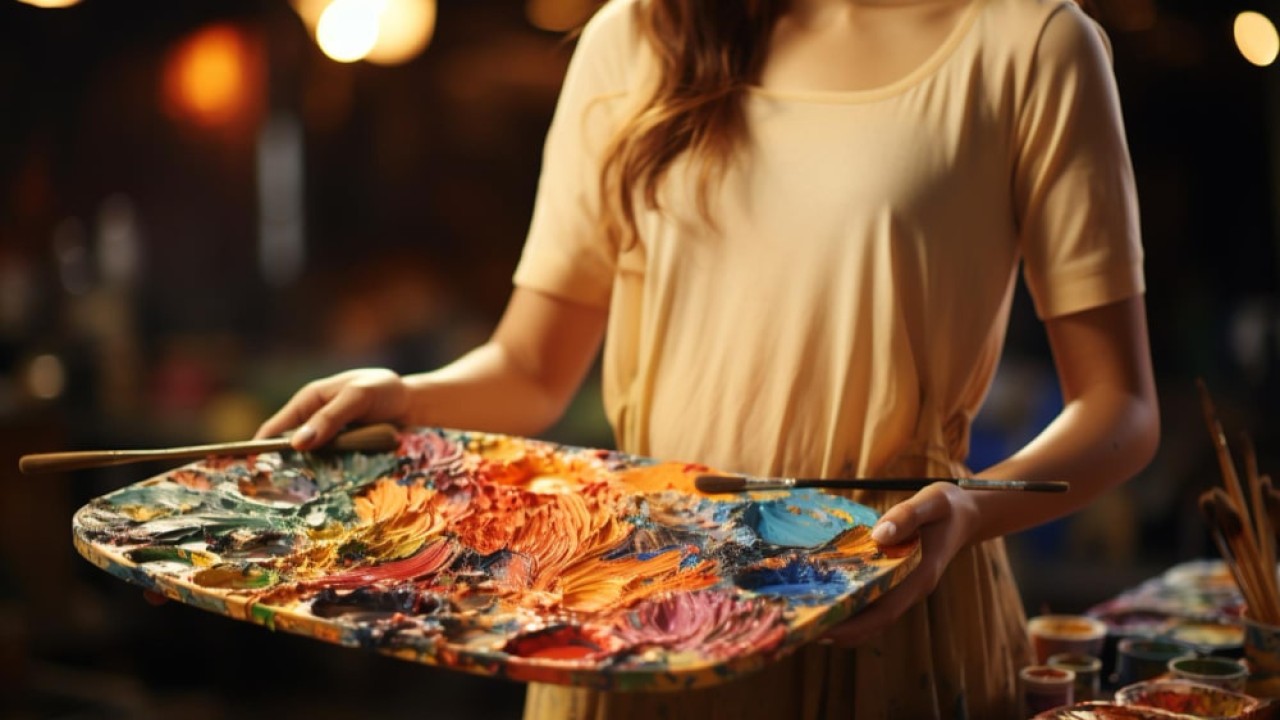
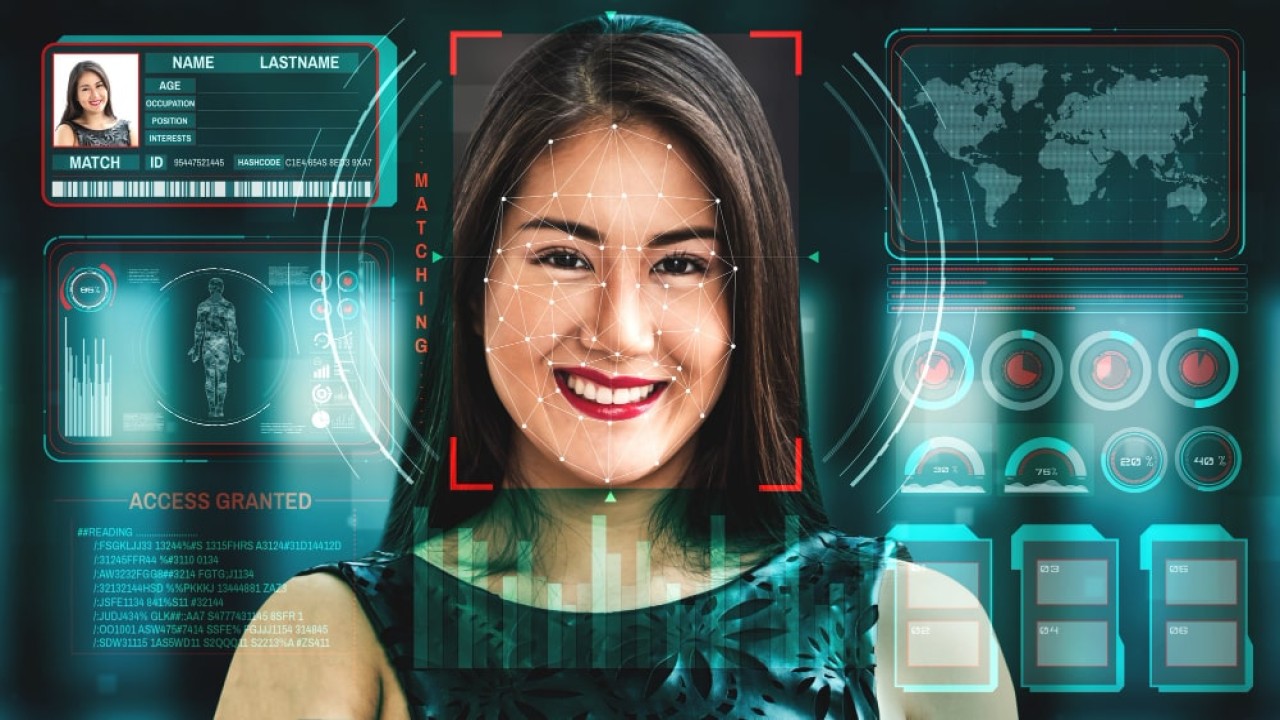
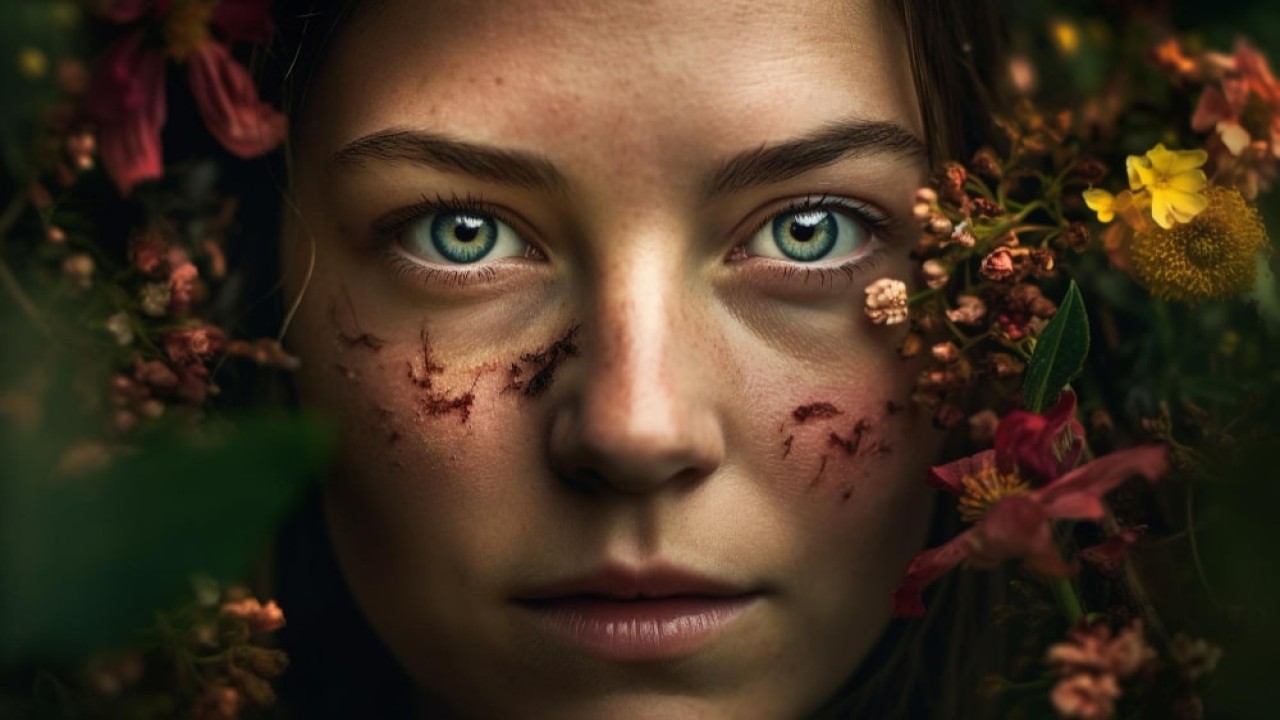
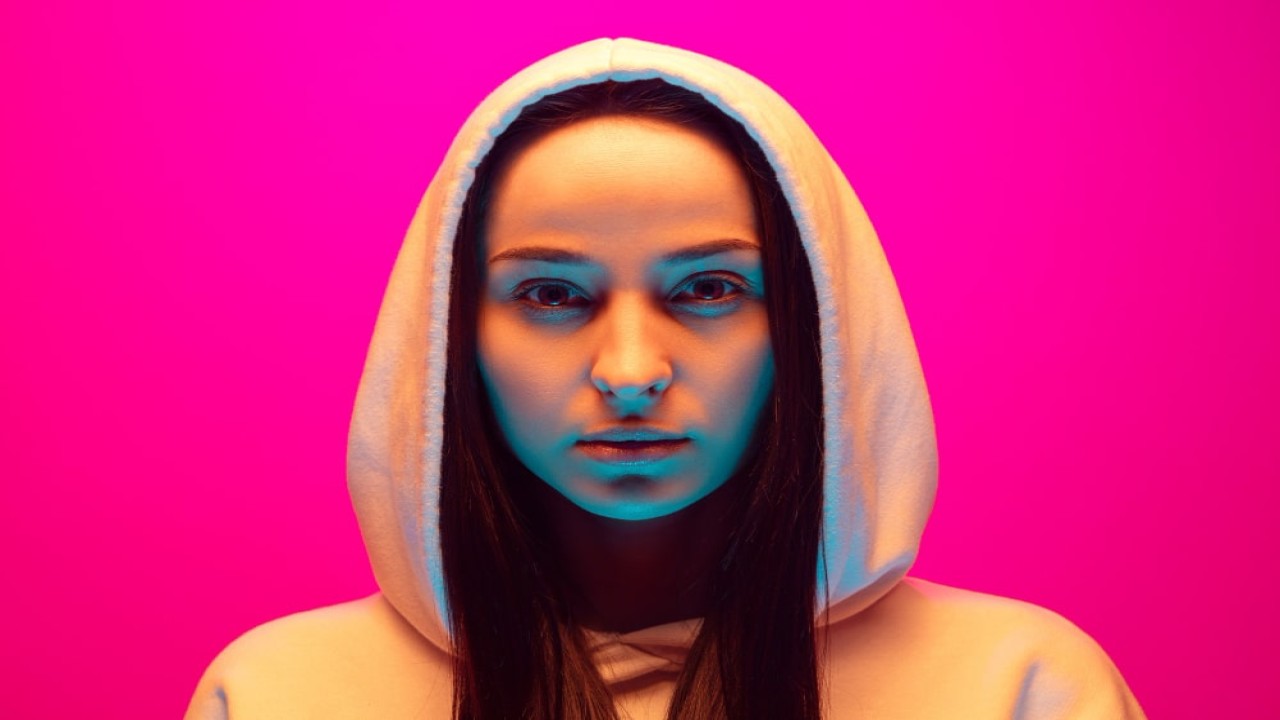
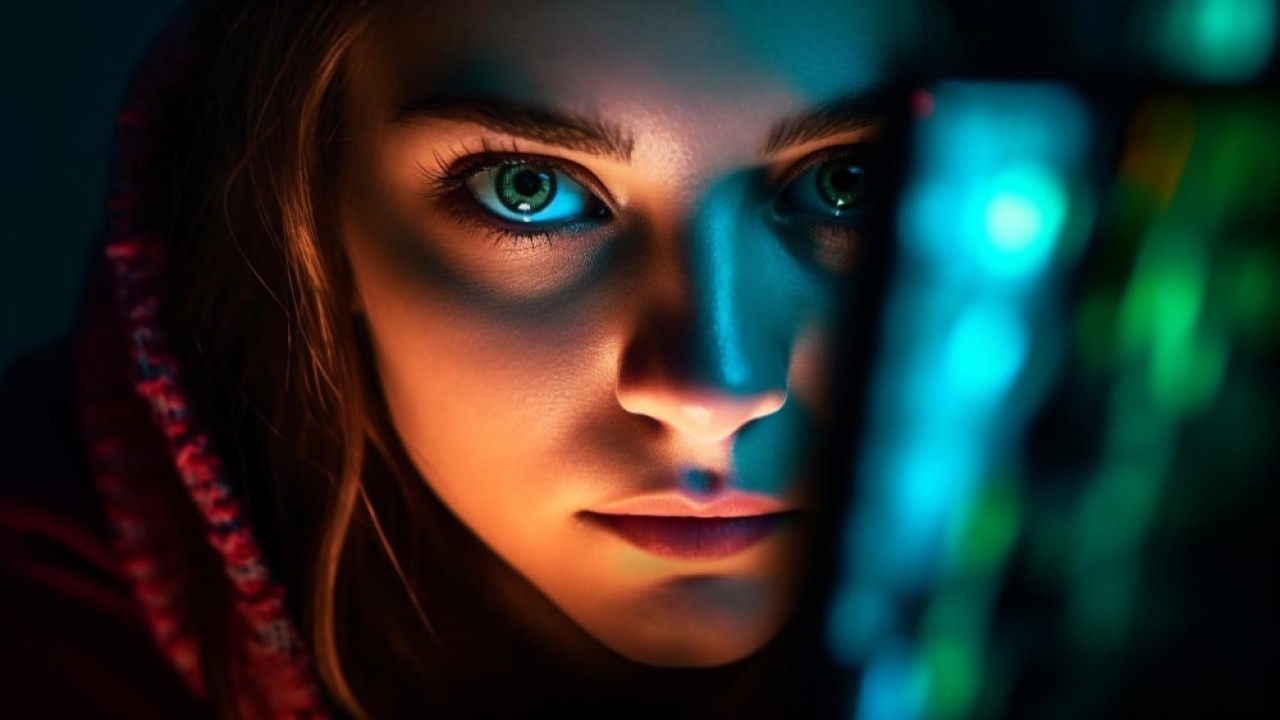
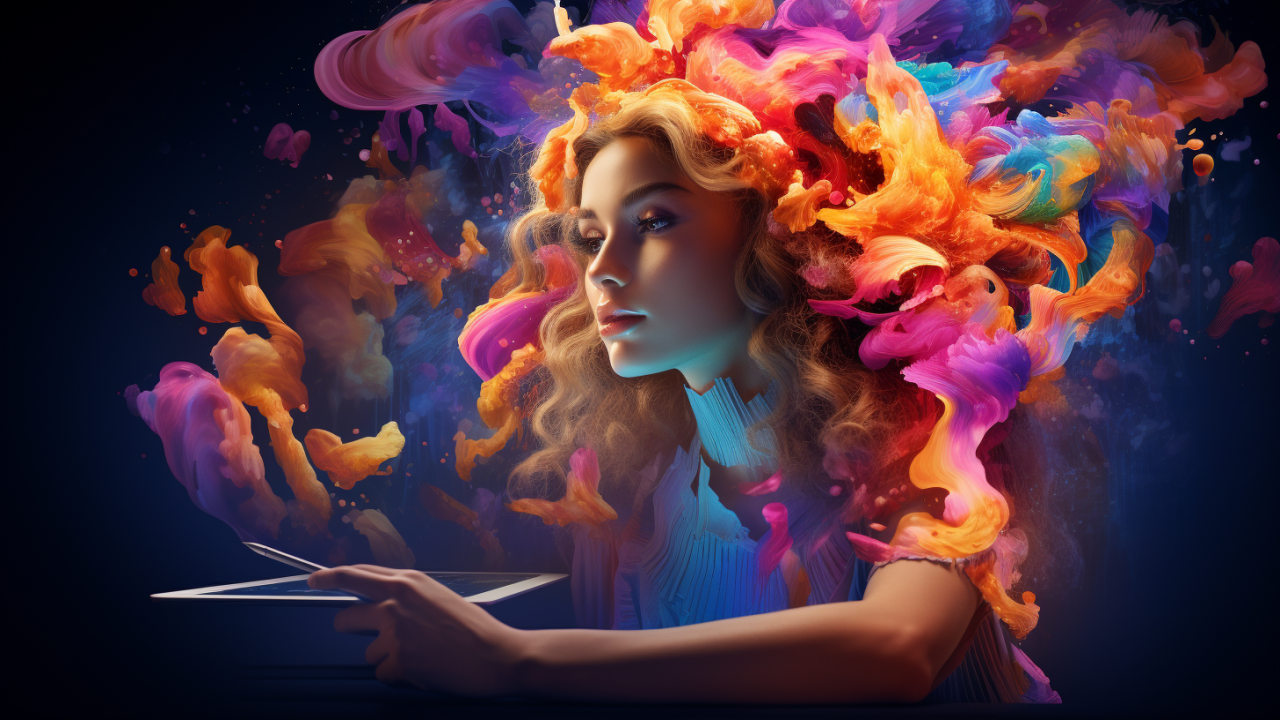
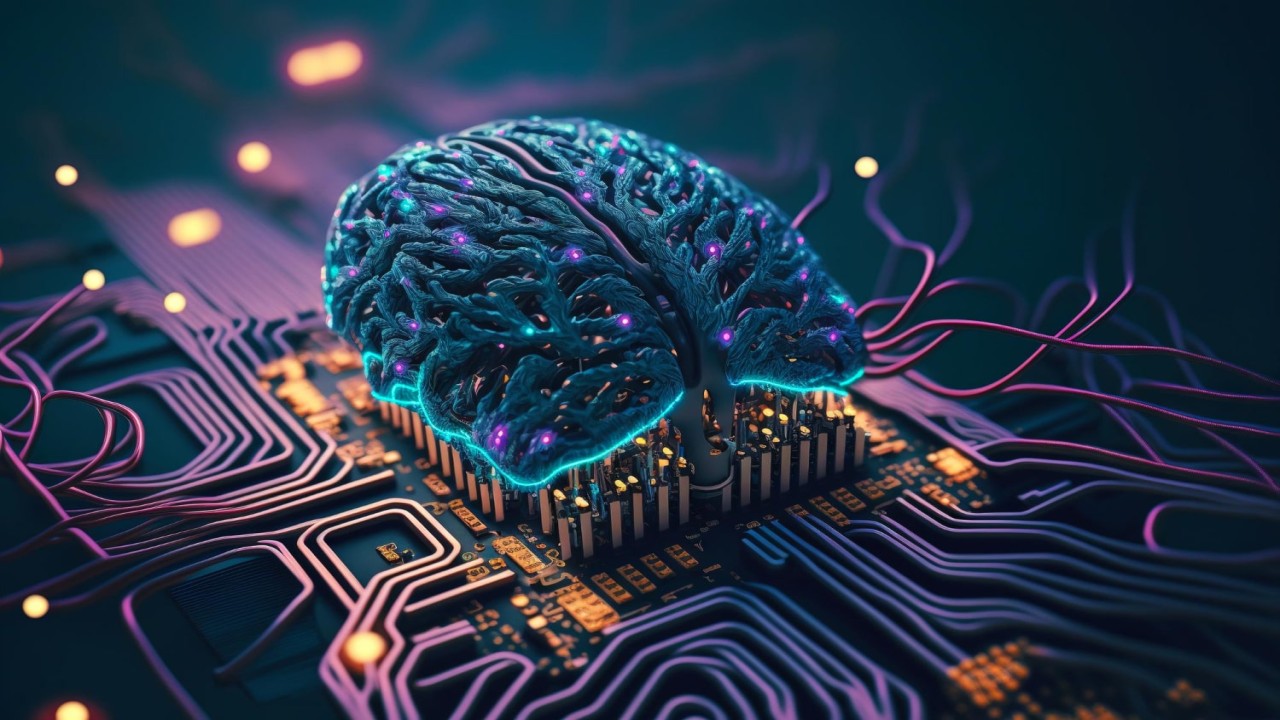
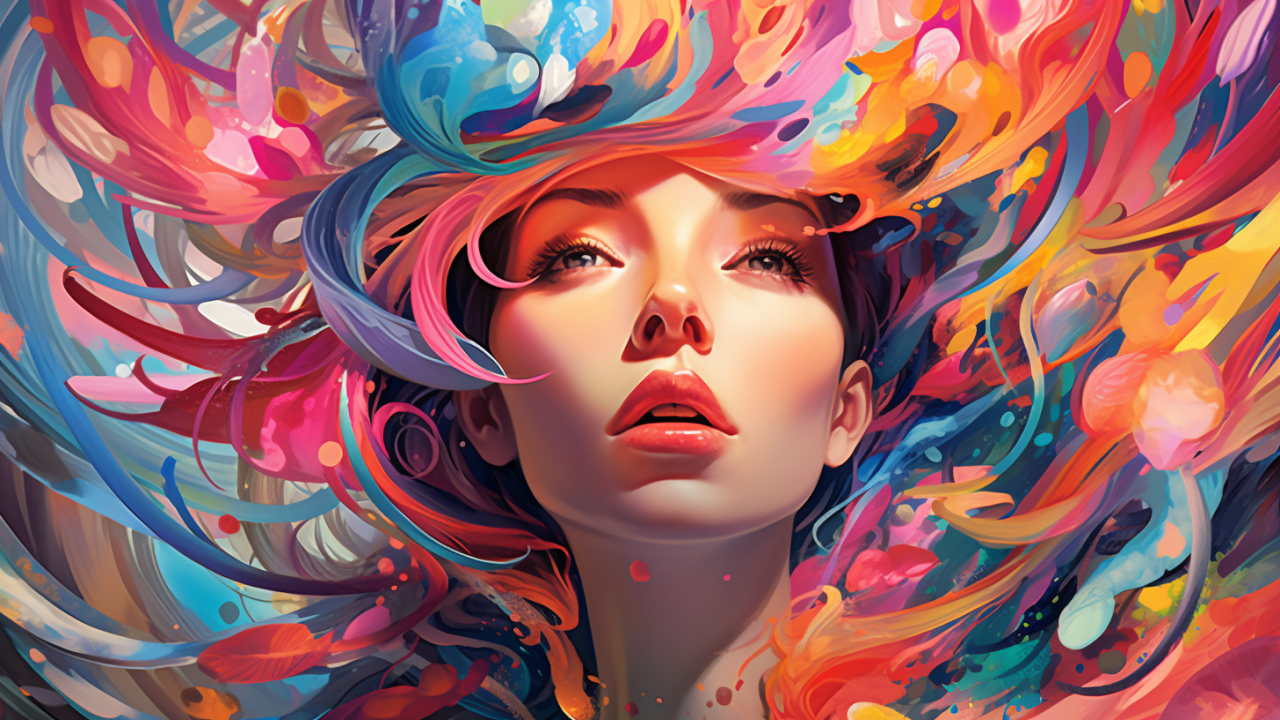
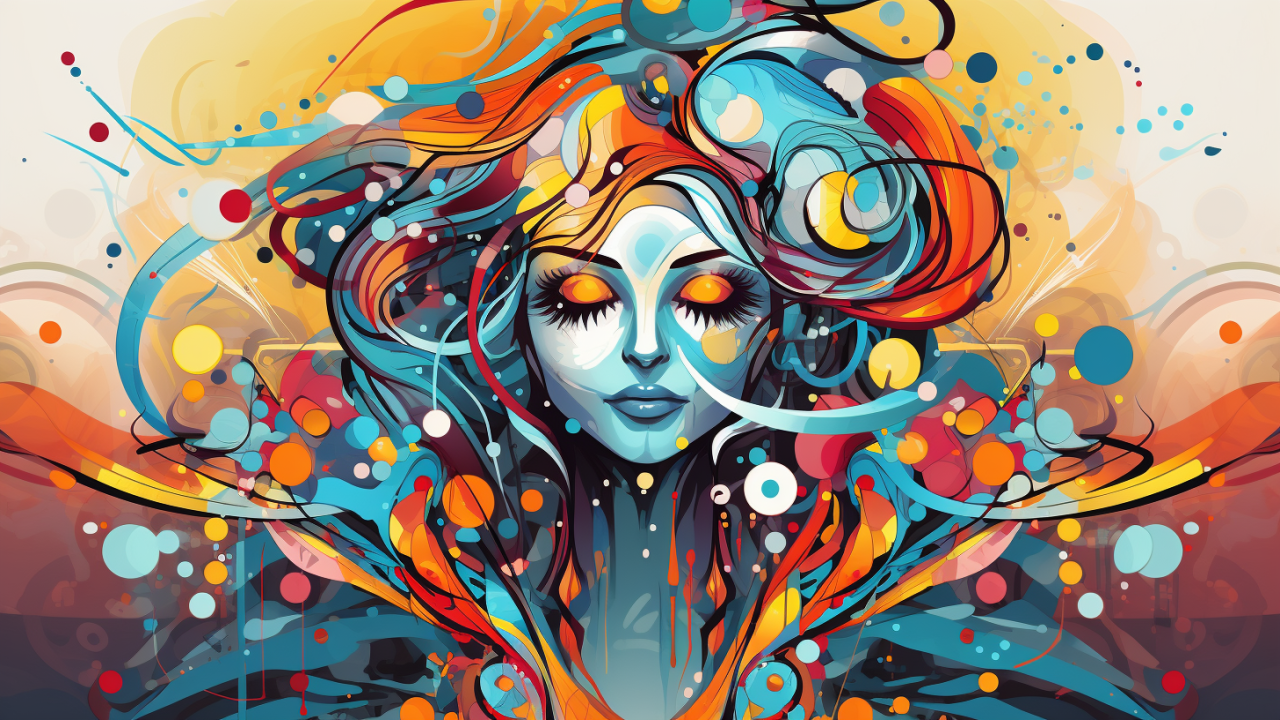
Comments (0)
No comments found